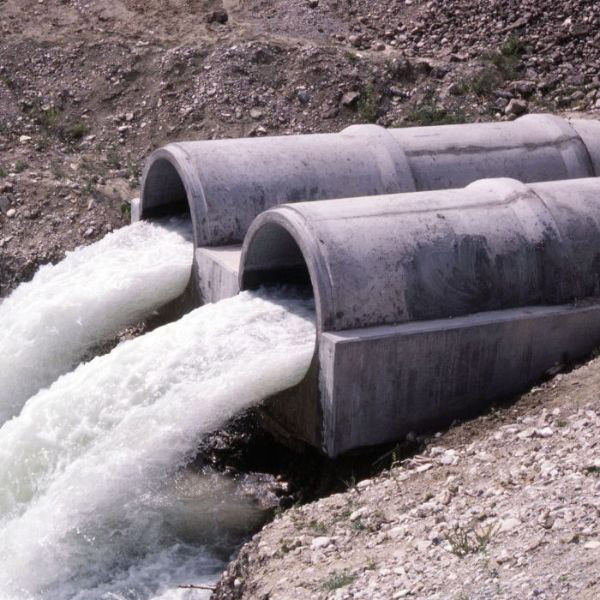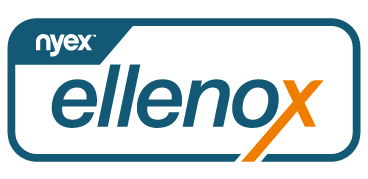Citalopram Removal From Water
Citalopram, a commonly prescribed antidepressant medication, has gained attention due to its presence in water sources.
It enters the environment through human and animal excretion and also dumping of unused products. It therefore becomes crucial to explore effective methods for Citalopram removal from water.
This article aims to provide insights into the uses of citalopram. It also examines its degradation in water and water purification techniques for removing citalopram. These techniques include the efficacy of ‘legacy’ methods like granular activated carbon (GAC) and adsorption.
We also compare water purification techniques for removing citalopram using different processes, including the innovative Nyex Rosalox™ system from Arvia Technologies.






